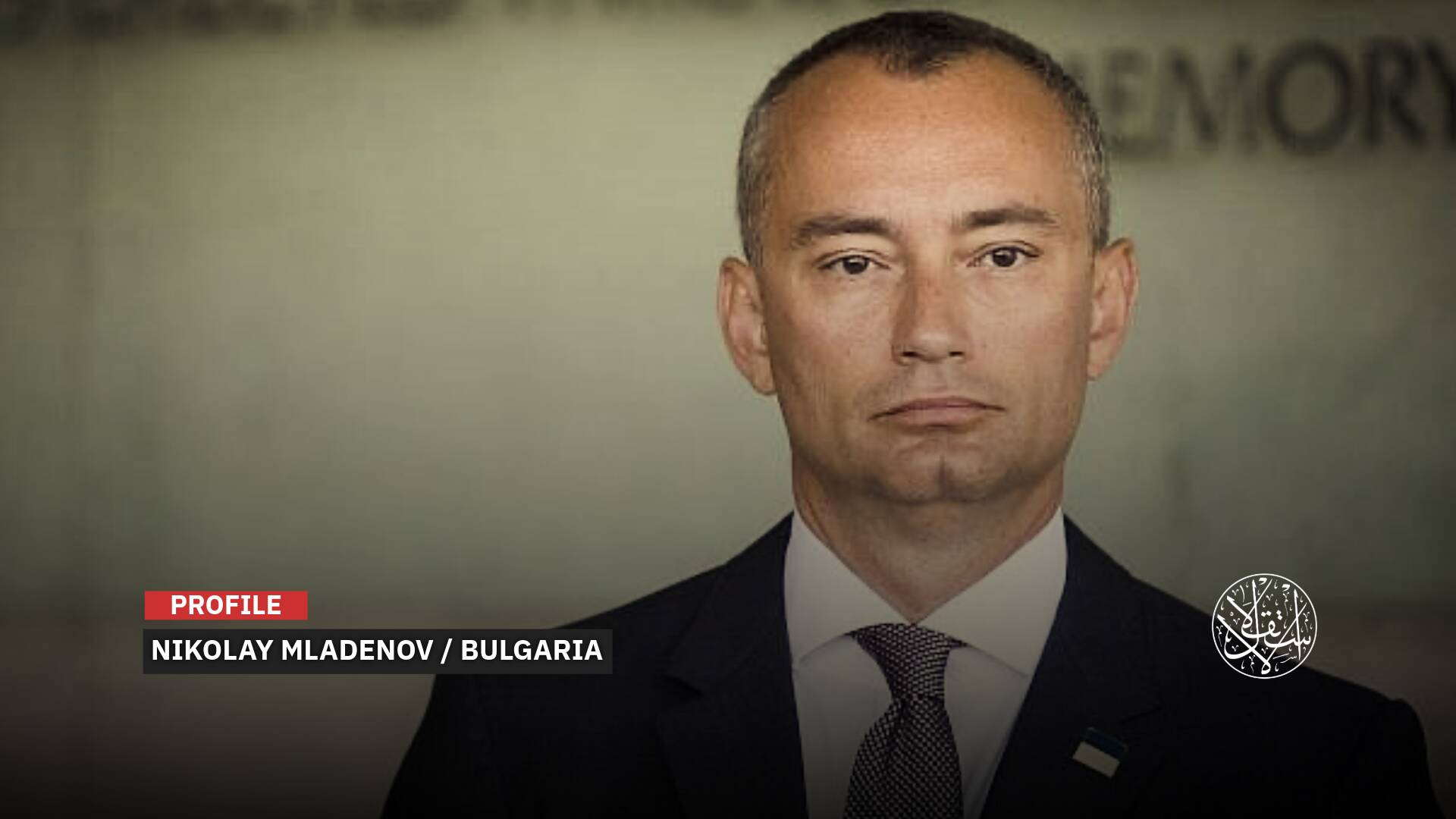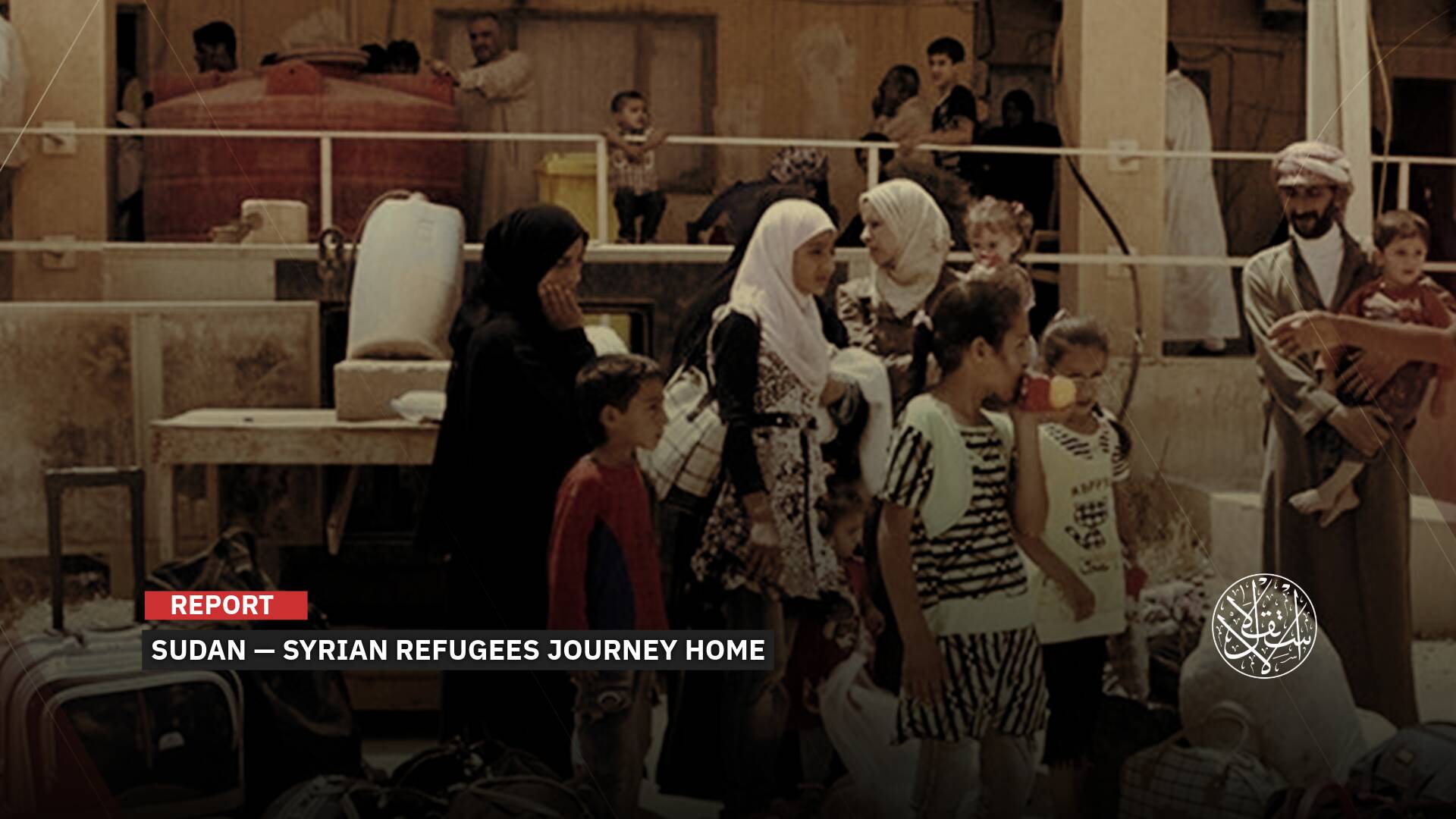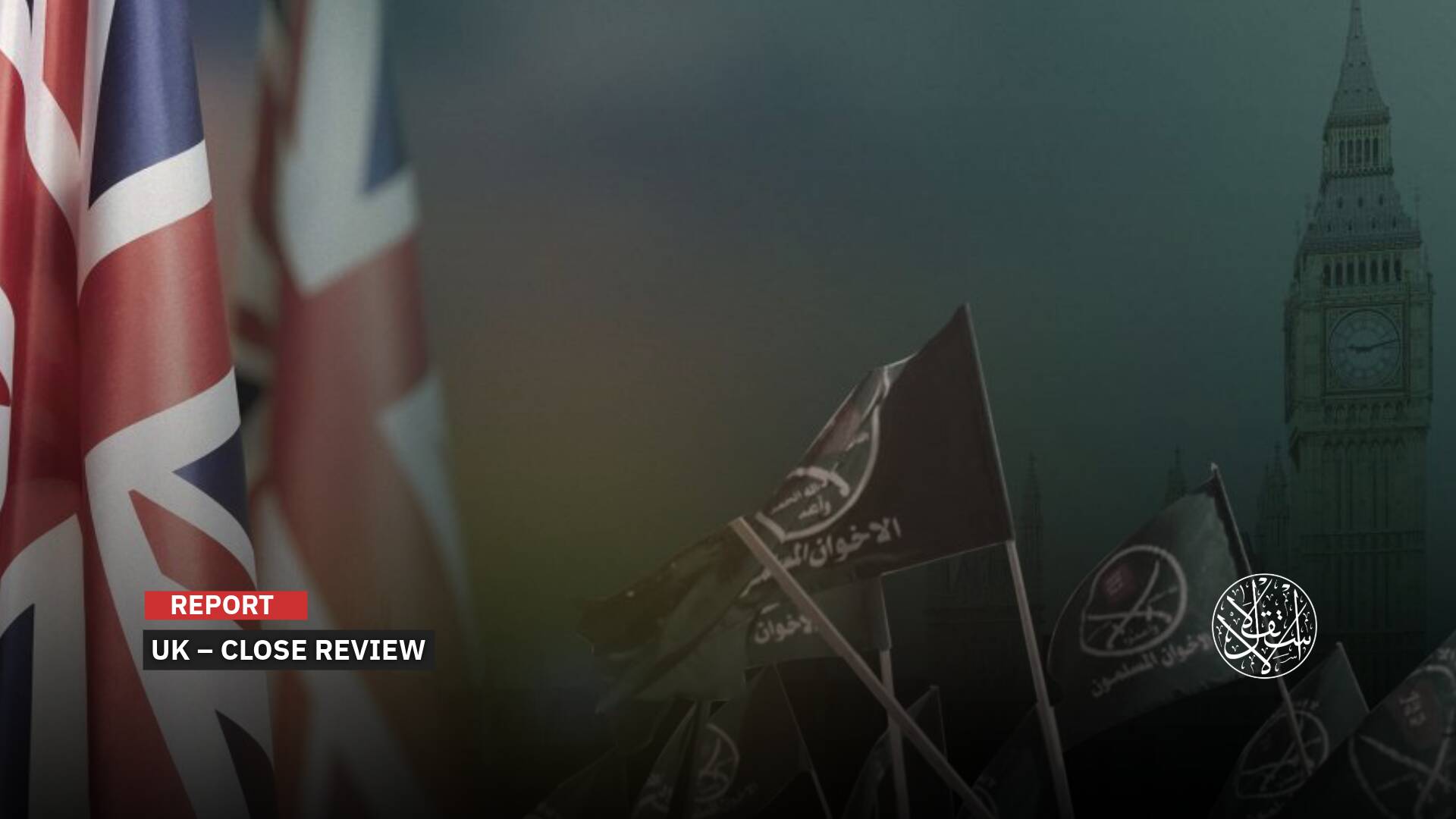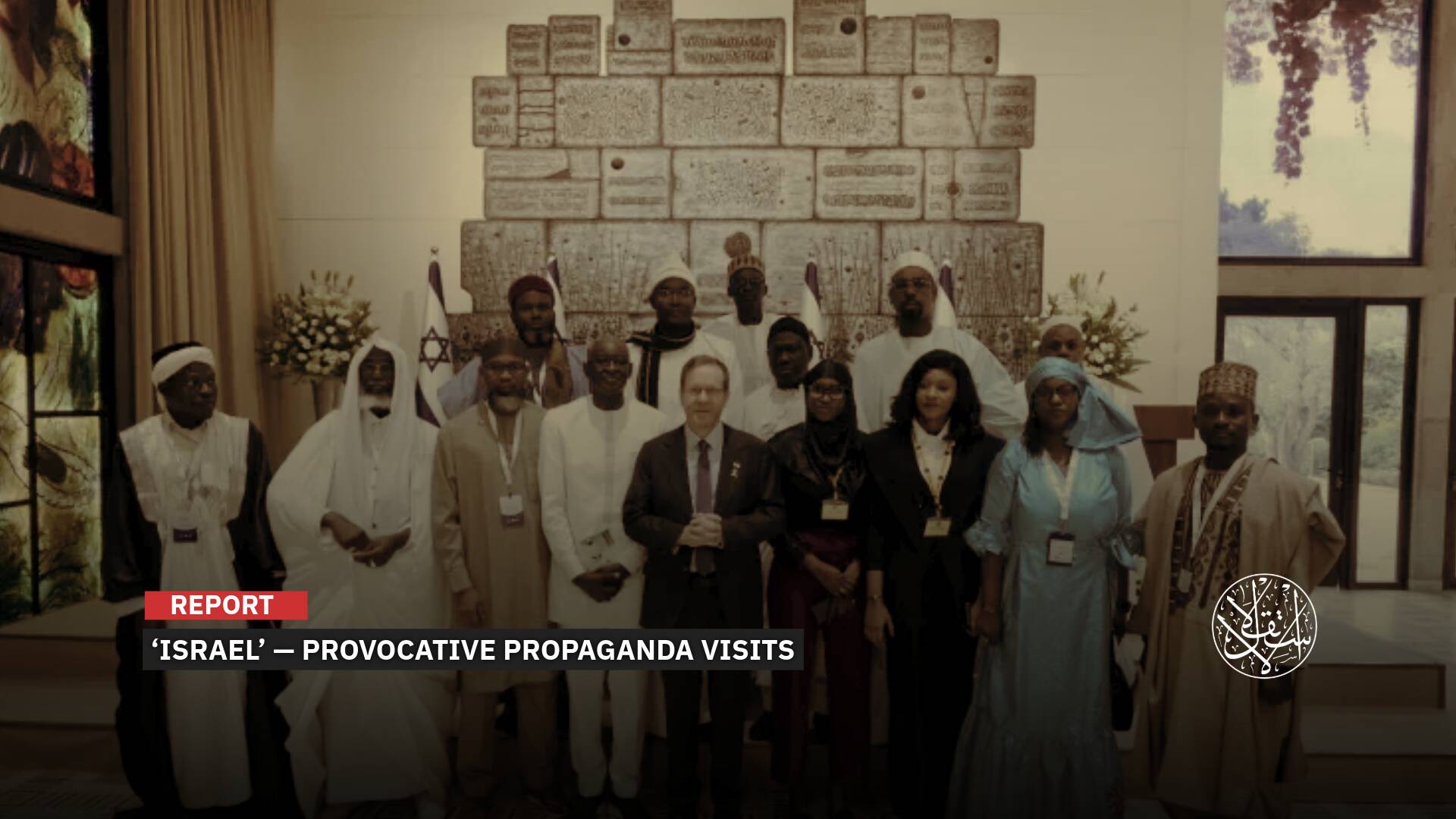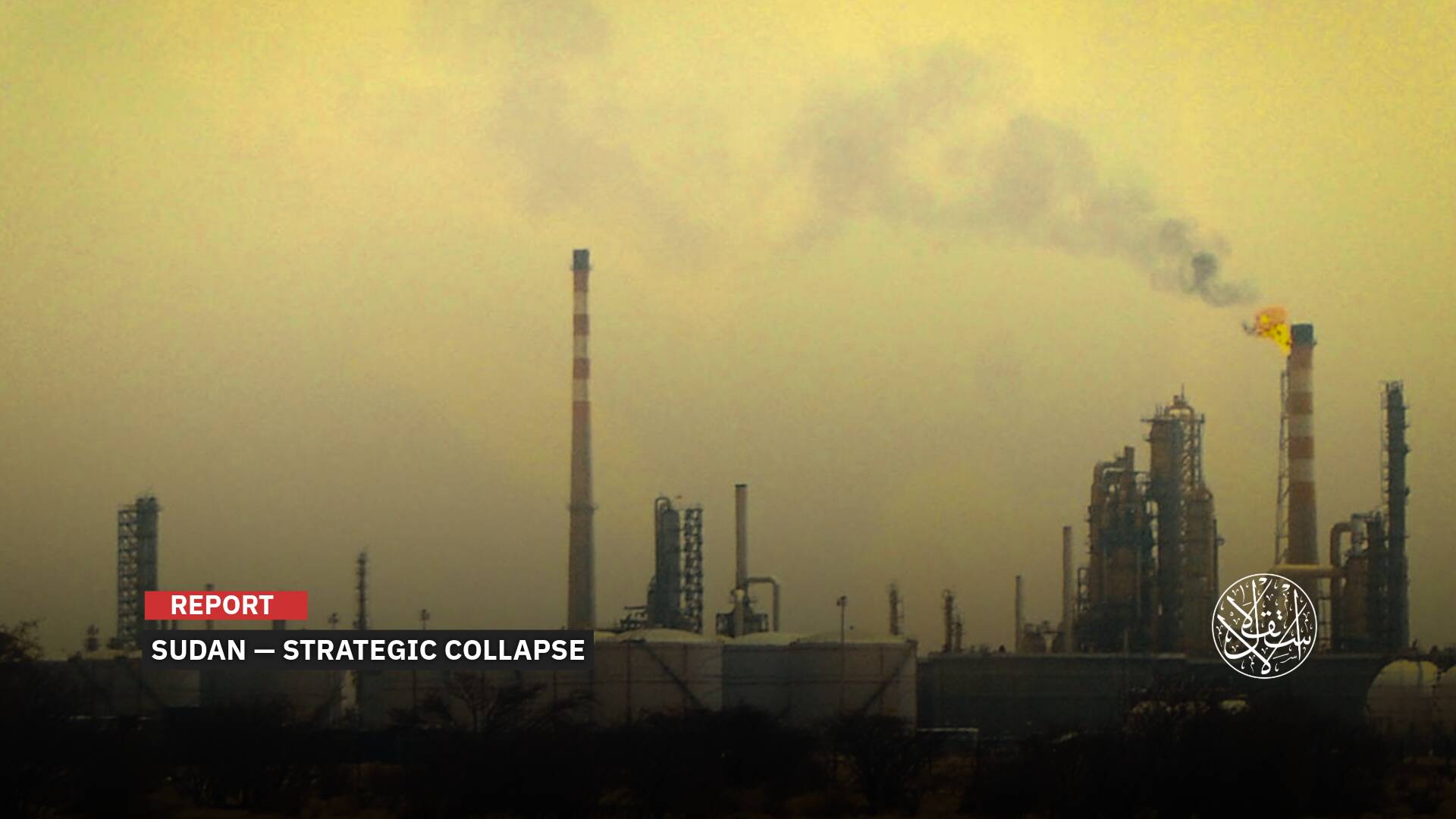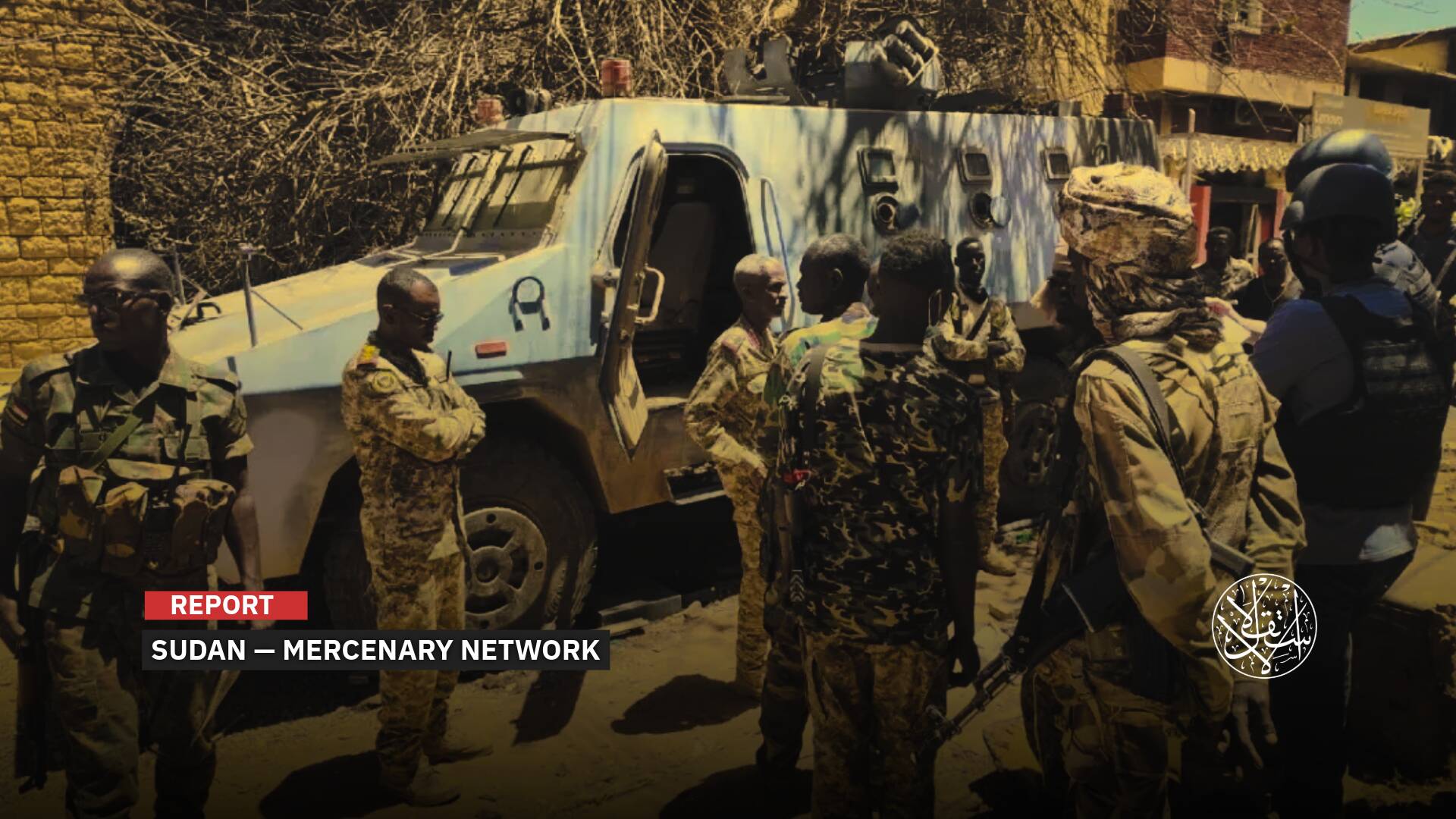Trudeau's Government Shifts Stance on Foreigners and Immigrants Amid Political Turmoil

“In July 2024, Canada turned away 5,853 foreign travellers, including students, workers, and tourists.”
The Canadian government recently announced that it will reduce the number of temporary foreign workers allowed to work in the country, a decision that comes after years of Canada adopting an immigration policy that was considered too open.
Reactions to the government’s decision were mixed, with the opposition criticizing the decision as a sign of mismanagement of immigration policies, while others argued that unemployment problems and high costs of living stem from systematic exploitation and political failures rather than the presence of foreign workers.
The country’s population now stands at more than 41 million, but the unemployment rate has also risen to 6.4% over the past year. The growing population has exacerbated the housing crisis and deteriorated public services.
On the other hand, the ruling Liberal Party recently suffered two major blows: the sudden departure of the federal New Democratic Party (NDP) from a supply and confidence agreement that helped keep the Liberals in power, and the resignation of the Liberals’ national campaign director for the upcoming elections.
Observers believe that the Conservative Party is planning to hold several confidence votes in order to push the country towards snap elections.
Unannounced Tightening
In a remarkable precedent, Canada, a country historically known for its open immigration policies, has begun taking concrete steps to limit the influx of foreigners into its territory.
This radical shift in policy comes amid growing anti-immigration sentiment in the country, making the issue of immigration to Canada a point of sharp political contention ahead of the upcoming federal election.
According to the Guardian, recent months have seen an unprecedented increase in the number of rejected visitor visa applications compared to approved applications.
It is not limited to visitor visas only, but also extended to study and work permits, as Canada recorded a significant decrease in the number of these permits issued during the recent period.
In July 2024, Canada denied entry to 5,853 foreign travelers, including students, workers, and tourists — the highest number since at least January 2019, according to border agency data.
Border officers have denied entry to an average of 3,727 foreign travelers per month during the first seven months of 2024, up 20 percent from the previous year.
These statistics indicate an unannounced tightening of Canada’s immigration policies.
Recent polls have shown a sharp shift in Canadians’ views of immigration amid a growing cost-of-living crisis.
Immigration lawyers have noted an increase in denials, and even hostility toward their immigrant clients.
In a clear sign of this shift, Canada’s Immigration Minister, Marc Miller, said his department will reassess the number of people applying for permanent residence.
“Now it’s time for real significant changes, not cosmetic changes just to deal with public opinion,” Miller told CTV News.

Immigration Programs
In another move reflecting this new shift and seeking to calm public criticism of immigration policy, Canadian Prime Minister Justin Trudeau announced plans to scale back the Temporary Foreign Worker (TFW) Program, urging companies to hire and train Canadian workers.
The program allows non-Canadians to come and work in the country on a short-term basis, for periods ranging from a few months to a few years.
The TFW Program has helped Canada recover from the coronavirus pandemic, but it has recently come under increasing criticism for its high housing costs, strain on the healthcare system, and high youth unemployment rates.
The program has also come under human rights criticism, with a UN special rapporteur describing the Canadian program as a breeding ground for modern forms of slavery.
The government plans to amend the program to reinstate a ban on issuing temporary work permits to foreign workers for low-wage jobs in cities with an unemployment rate of 6% or higher, with exceptions for sectors such as food security, construction, and healthcare.
In another dramatic shift from past policies, Trudeau has hinted at potentially reducing the number of permanent residents Canada accepts each year.
The number of temporary foreign workers approved to work in Canada has more than doubled from 108,988 in 2018 to 239,646 in 2023, according to Employment and Social Development Canada statistics.
With next year’s federal election approaching, political leaders have been locked in a debate over immigration, with the Conservative Party accusing Trudeau’s government of letting in too many immigrants too quickly.
Conservative Leader Pierre Poilievre has campaigned on Canada’s high cost of living and slowing economy as key points of his campaign.
Poilievre also suggested that Trudeau was growing the population at a much faster rate than the number of homes being built.
He also pledged that if elected, he would tie Canada's population growth rate to a lower level than the number of homes being built.
Trudeau and Miller have defended the need for elevated immigration as a critical part of Canada’s economic growth strategy, but both have conceded the volume of immigrants – in addition to a lack of federal and provincial investment in infrastructure – has contributed to a mounting crisis.
According to Canadian authorities, the labour market is more competitive than it has been in recent years.
Canada has also recently experienced its strongest population growth in more than half a century, thanks to immigration.
Canada has welcomed 1.63 million people since January 2018, about a third of them from India, the Philippines or China, according to official data.
Canada’s immigrant population reached more than 8.3 million in 2021, accounting for about a quarter of the population.

Political Debate
The Canadian political landscape has also recently witnessed a new shift, as NDP leader Jagmeet Singh announced the end of the agreement that linked him to Liberal leader Justin Trudeau.
Singh’s decision to sever this agreement increases the possibility of a snap election, even though the NDP’s top priority is currently supporting its candidates in provincial elections, particularly in British Columbia and Saskatchewan.
Singh's withdrawal of support for the centre-left Liberal minority government will force Trudeau to seek new alliances to stay in office until a federal vote scheduled for the end of October 2025, according to Reuters.
“We know that makes the election timing more uncertain and frankly more likely. We are ready to fight an election whenever it happens,” Singh told reporters in Toronto.
Trudeau was dealt a new blow on September 5 when one of his closest advisers, Jeremy Broadhurst, announced his resignation after he was widely expected to run the Liberals' election campaign.
The Toronto Star claimed Broadhurst privately told Trudeau that he did not think he could win the next election.
The scale of the challenges facing Trudeau's party was evident last June when the Liberals lost a by-election in their traditional stronghold of Toronto to the Conservatives.
On his part, Trudeau has ruled out any talk of a snap election for now.

Polls have predicted that the Liberals will lose heavily to the center-right opposition Conservative Party, amid growing voter fatigue with Trudeau, who first took office in November 2015, and dissatisfaction with rising prices and a housing shortage.
The Liberals currently have 154 seats in the 338 Canadian House of Commons. The Conservatives hold 119 and the NDP 24, while the Bloc Quebecois has 32 seats.
In this regard, the Bloc Quebecois has announced its willingness to negotiate with Trudeau's party to support him in confidence votes, in an attempt to leverage its new position to advance Quebec's interests rather than rushing into a snap election.
Sources
- Canada turning away more foreigners amid rise in anti-immigration sentiment
- Justin Trudeau retreats from Canada’s liberal immigration regime
- Canada's NDP leader says end of agreement with Liberals makes election timing uncertain
- Former Trudeau Ally Readies For Snap Elections
- Why is Canada suddenly rejecting more visitor visas?


